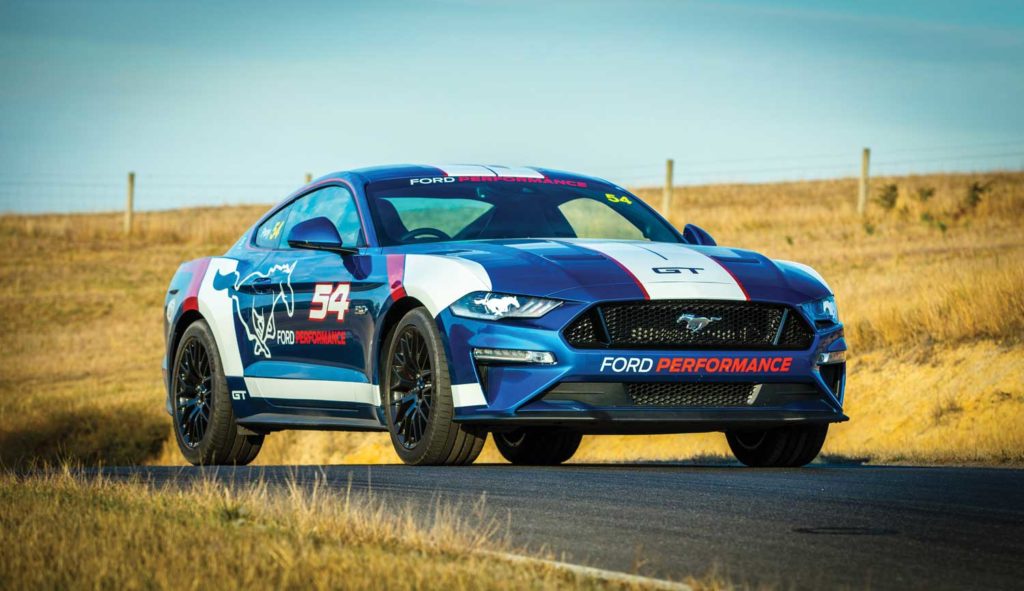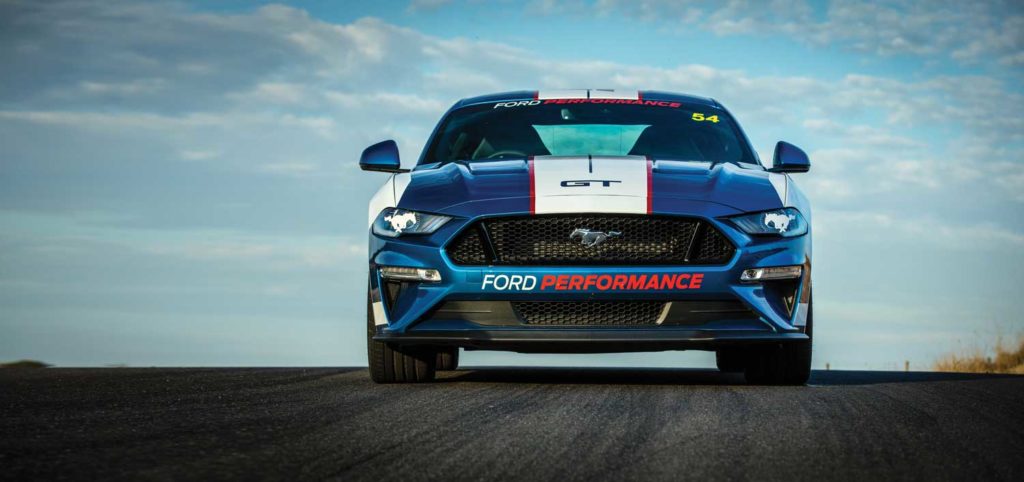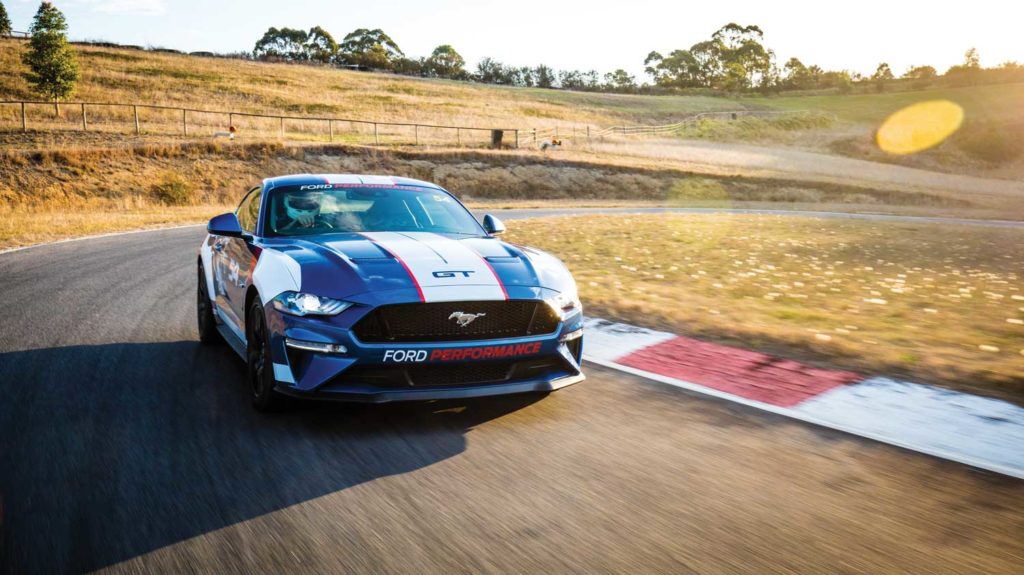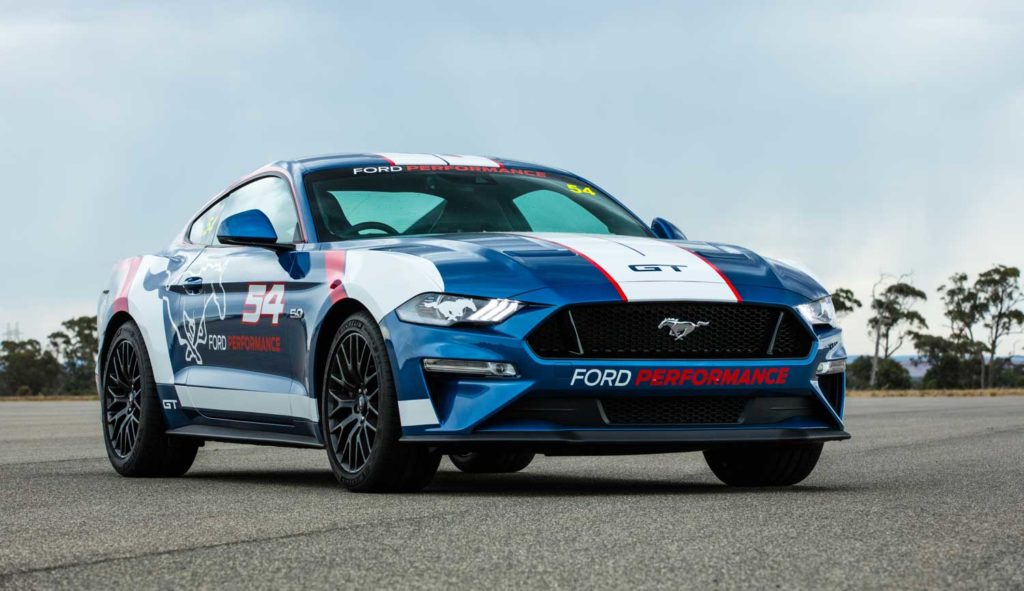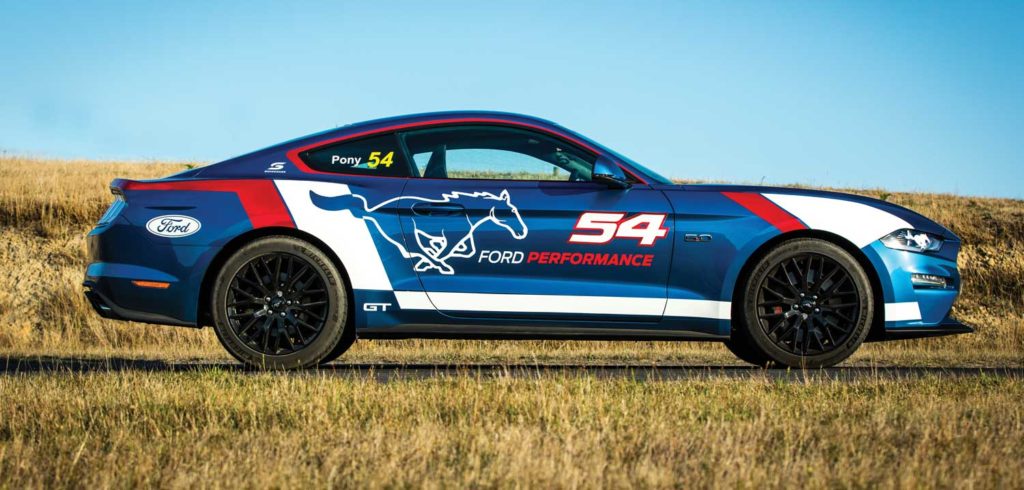Ford’s latest Supercars Championship challenger, the Mustang, has completed aero homologation testing ahead of its 2019 debut. Both Supercars officials and rival teams have now signed off on the car’s aerodynamic setup.
Supercars Controlled Aerodynamic Testing, which took place at an airfield in New South Wales, Australia, lasted nine days and followed pre-homologation tests at Phillip Island and Queensland Raceway.
The new DJR Penske-developed Mustang was compared to the ZB Commodore and Nissan Altima models.
At the core of the car is a chromoly spaceframe fitted with a 2,822mm wheelbase. Engine position is defined, as are suspension points, the front undertray and roll cage.
Many of the components that bolt onto that chassis are controlled or come from a basket of approved parts – rear suspension, transaxle, brakes and pedal box. The double wishbone suspension at the front is the biggest technical freedom left in the category.
Ryan Story, managing director at DJR Penske, said, “The Mustang project has now been ongoing for over 18 months, so getting the tick of approval through the VCAT testing process is a great milestone.”
“That is only step one for us, however, as we must now get the racecars built and ready to perform for the 2019 season.”
